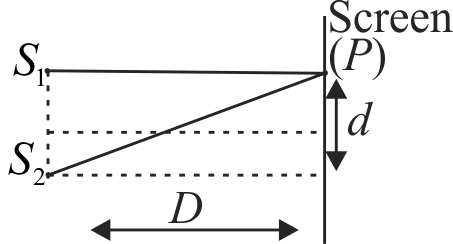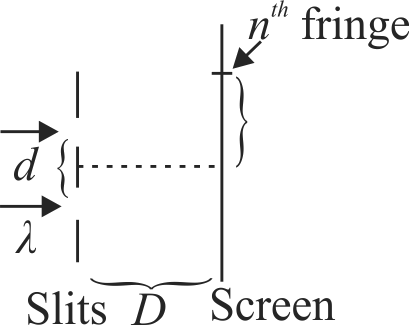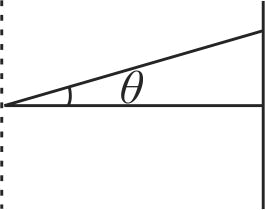368060
Assertion :
Given, In Young's double slit experiment the two slits are at distance
Reason :
The wavelength of wave is proportional to square of distance of two slits.
368060
Assertion :
Given, In Young's double slit experiment the two slits are at distance
Reason :
The wavelength of wave is proportional to square of distance of two slits.
368060
Assertion :
Given, In Young's double slit experiment the two slits are at distance
Reason :
The wavelength of wave is proportional to square of distance of two slits.
368060
Assertion :
Given, In Young's double slit experiment the two slits are at distance
Reason :
The wavelength of wave is proportional to square of distance of two slits.
368060
Assertion :
Given, In Young's double slit experiment the two slits are at distance
Reason :
The wavelength of wave is proportional to square of distance of two slits.



